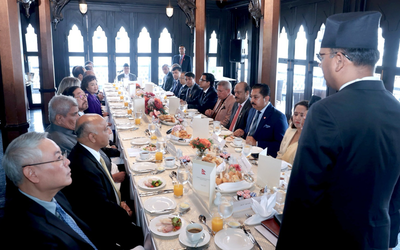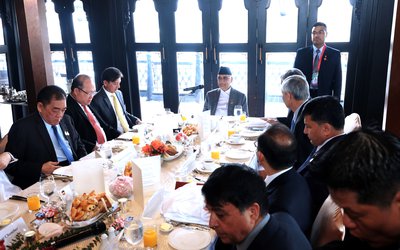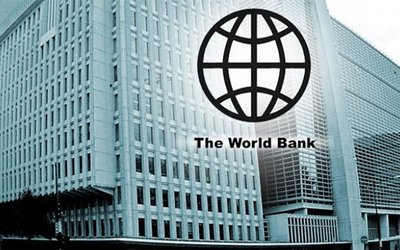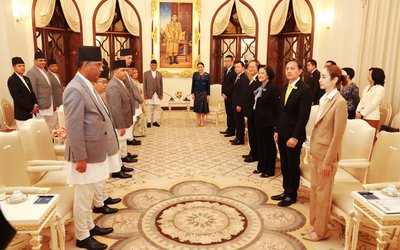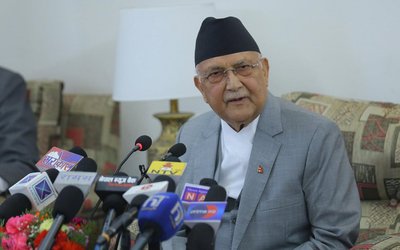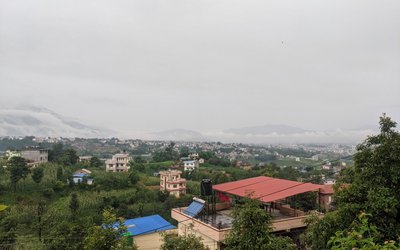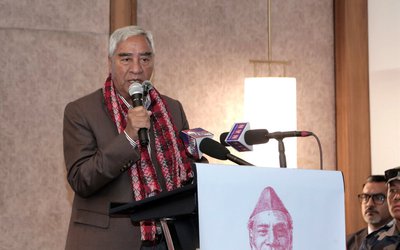
With the release of New Trade Policy, Nepal has focused its efforts in priority areas for the coming years.
Launched by Minister of Commerce and Supply Sunil Bahadur Thapa, the new Trade Policy includes provisions aimed at promoting service trade, protecting intellectual property rights and implementing decisions taken during the Ninth World Trade Organization Ministerial Conference held in Bali, Indonesia, in December 2013.
“Our new policy focuses on increasing the competiveness of domestic product so that the huge trade deficit can be managed,” said Naindra Prasad Upadhyay, secretary at Ministry of Commerce and Supplies.
“One of the main objectives of the new policy is to promote domestic industries, manage growing imports and boost exports, so that trade becomes an engine for economic development of the country,” said secretary Upadhyay.
Nepal’s last Policy was announced in 2009. However, it did not get properly implemented. This is the reason most of the policies fail to produce desired outcomes.
“We will focus on the implementation of the policy,” said Upadhyay. The policy, among other things, includes measures to promote exports of goods with comparative and competitive advantage by strengthening the capacity of standard-testing laboratories and establishing additional common facility and processing centers.
Under the policy, the role of the government is a facilitator, guardian and regulator. “Since there are some products which have the comparative advantages for Nepal, we want to promote them in the export market,” said secretary Upadhyaya.
Some of these goods include: ginger, black cardamom, hand-knotted woolen and other types of carpets, allopathic medicines, medicinal herbs and aromatic oil, coffee, chyangra and pashmina products, goods made of silk, sugar, tea, shoes, textiles, vegetables and vegetable seeds, instant noodles, readymade garments, dairy products, processed leather, flowers, fruits, iron and steel products, honey, pulses, cement, jewellery made of gold and silver and precious stones, handicraft products, handmade paper and products.
As Nepal’s import is growing and trade deficit continues to increase, Nepal has also focused its efforts on how to reduce the deficit. “The policy also focuses on narrowing the trade gap by addressing the supply-side constraints, enhancing the capacity of export-oriented service firms, such as those engaged in engineering, hydroelectric production, tourism, education, IT and business process outsourcing, health and human resources development,” said secretary Upadhyay.
There are also provisions in trade policy aimed at reducing transaction costs through trade facilitation and institutional capacity building, and expanding export market for Nepali products through economic diplomacy and use of trade blocs of which Nepal is a member.
- IME GROUP: Expands Into Paper Industry
- Mar 24, 2025
- CPN UML: Instigated By India
- Mar 23, 2025
- ADB’S CHIEF ECONOMIST: Nepal Reduces Poverty
- Mar 11, 2025
- FM DR. DEUBA: A Successful Visit
- Mar 11, 2025
- MD GHISING: Target Of Personal Grudge
- Mar 09, 2025

